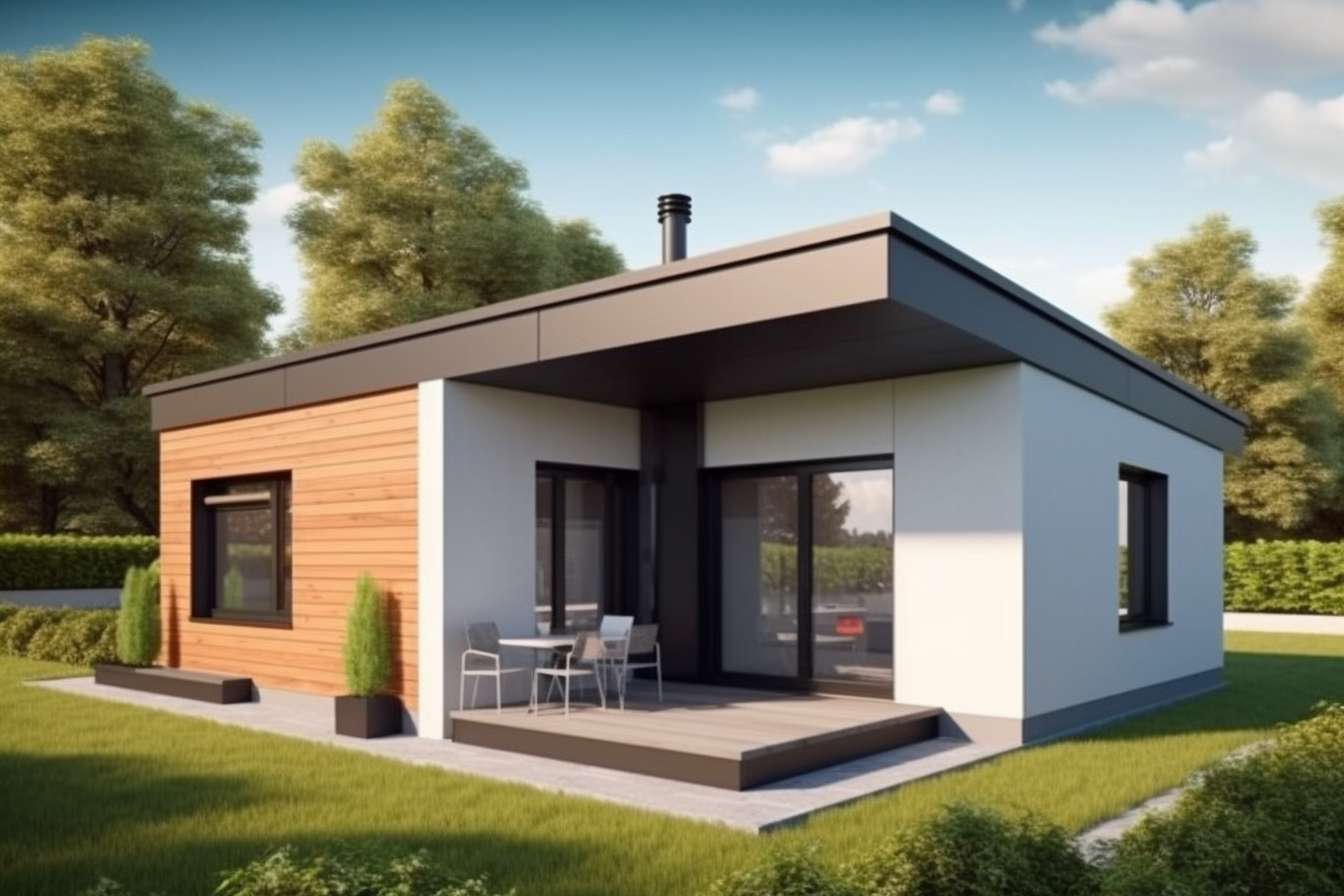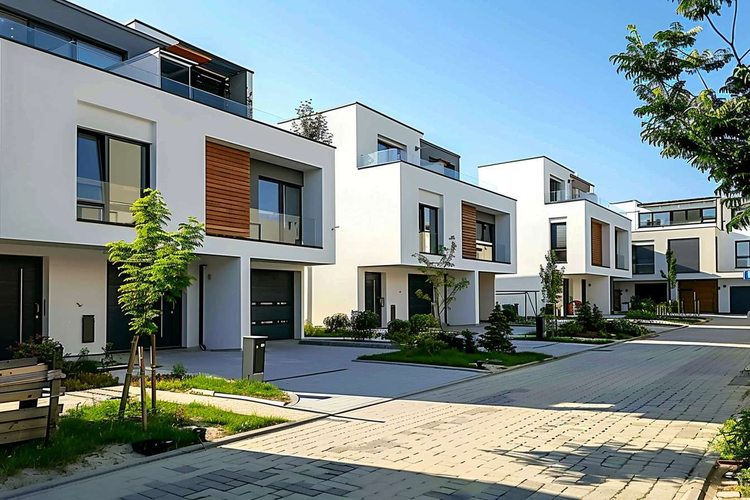Reimagining the American Porch: A Revival of Outdoor Living Spaces
The front porch, once a quintessential feature of American homes, is experiencing a remarkable resurgence. This architectural element, steeped in history and nostalgia, is being reinvented for modern lifestyles. As homeowners seek to extend their living spaces and reconnect with their communities, the humble porch is transforming into a multifunctional oasis that bridges the gap between indoor comfort and outdoor charm.

The Historical Significance of the American Porch
The porch has deep roots in American architectural history, dating back to the colonial era. Initially serving practical purposes such as shading homes from harsh sun and providing a transitional space between public and private spheres, porches quickly became social hubs. In the 19th century, as urbanization increased, porches evolved into symbols of hospitality and community engagement.
However, with the advent of air conditioning, television, and changing social norms in the mid-20th century, porches fell out of favor. Many homes built in the latter half of the 1900s opted for backyard patios instead, shifting focus away from the street-facing facade. This architectural shift mirrored a broader societal trend towards privacy and indoor entertainment.
The Modern Porch Renaissance
Today’s porch revival is driven by a confluence of factors. The desire for connection in an increasingly digital world, a renewed interest in neighborhood dynamics, and the need for flexible living spaces have all contributed to the porch’s comeback. Modern homeowners are rediscovering the joys of outdoor living, viewing porches as extensions of their homes rather than mere architectural features.
Contemporary porches are being designed with versatility in mind. They serve as home offices, dining areas, relaxation zones, and even outdoor theaters. This multifunctionality reflects a broader trend in home design towards spaces that can adapt to various needs throughout the day and year.
Innovative Design Elements for Modern Porches
The reimagined porch incorporates a range of design elements that blend tradition with innovation. Weather-resistant materials like composite decking and treated woods offer durability without sacrificing aesthetic appeal. Removable glass panels or retractable screens extend the porch’s usability throughout the year, creating a seamless indoor-outdoor experience.
Lighting plays a crucial role in modern porch design. Solar-powered fixtures, programmable LED systems, and artisanal lanterns not only illuminate the space but also set the mood for different occasions. Designers are experimenting with layered lighting schemes that transition smoothly from day to night, enhancing the porch’s functionality and ambiance.
Furniture selection for contemporary porches reflects a move towards comfort and style. Gone are the days of simple rocking chairs and wicker sets. Today’s porch furniture includes plush sectionals, hanging egg chairs, and even outdoor beds for the ultimate relaxation experience. Materials are chosen for their ability to withstand the elements while maintaining a luxurious feel.
Technology Integration in Outdoor Living
The modern porch is not immune to the tech revolution sweeping through homes. Weatherproof televisions, outdoor sound systems, and Wi-Fi extenders are becoming standard features, allowing homeowners to enjoy digital entertainment without sacrificing fresh air. Some innovative designs incorporate charging stations and built-in speakers disguised as planters or decorative elements.
Climate control is another area where technology is making its mark. Misting systems for hot climates and infrared heaters for cooler regions extend the porch’s usability throughout the year. Smart home integration allows these systems to be controlled via smartphone apps, ensuring optimal comfort with minimal effort.
The Social Impact of the Porch Revival
Perhaps the most significant aspect of the porch renaissance is its potential to revitalize community interactions. In an era where digital connections often supersede face-to-face interactions, porches provide a casual setting for neighborly engagement. This architectural feature encourages spontaneous conversations and fosters a sense of belonging within neighborhoods.
Urban planners and sociologists are taking note of this trend, recognizing the porch’s role in creating more vibrant, connected communities. Some new urban developments are even mandating porch-like structures in their design guidelines, acknowledging the positive impact these spaces can have on community cohesion and social well-being.
Challenges and Considerations
While the porch revival offers numerous benefits, it’s not without challenges. Privacy concerns, particularly in dense urban areas, require thoughtful design solutions. Landscape architects are employing creative screening techniques using plants, lattice work, and semi-transparent materials to balance openness with seclusion.
Zoning regulations and homeowners’ association rules can also present obstacles to porch additions or renovations. However, as the trend gains momentum, many communities are revisiting these regulations to accommodate the growing demand for functional outdoor living spaces.
The reimagining of the American porch represents more than just an architectural trend; it’s a reflection of changing values and lifestyles. As we seek to create homes that nurture both our need for privacy and our desire for community, the porch stands as a symbol of this balance. It’s a space that honors the past while embracing the future, inviting us to step outside and rediscover the simple pleasures of outdoor living and neighborly connection.





